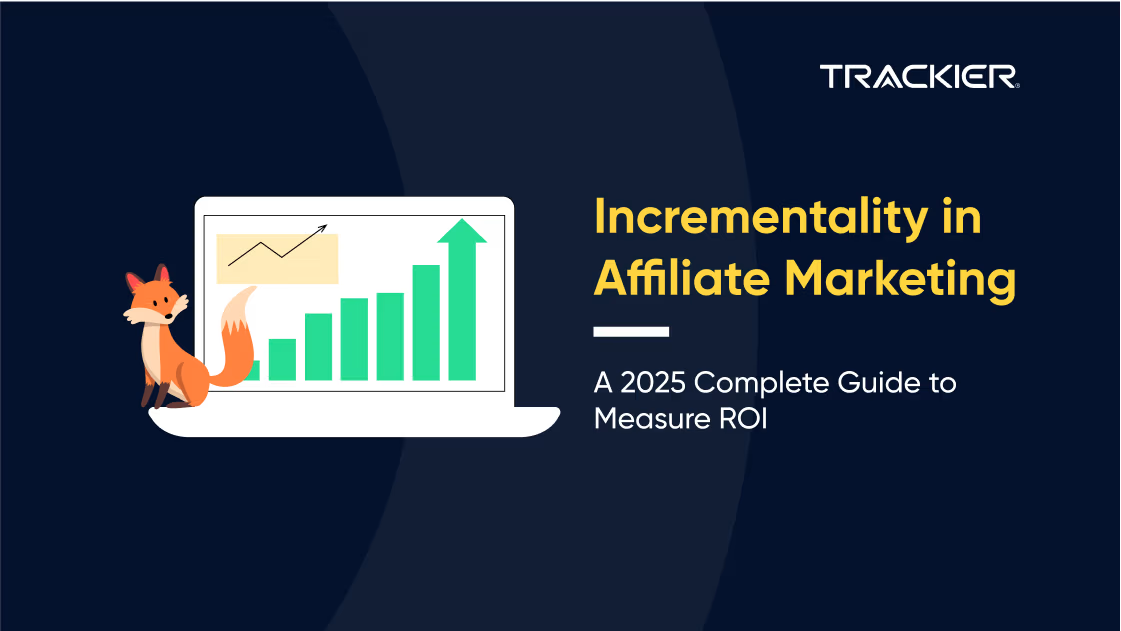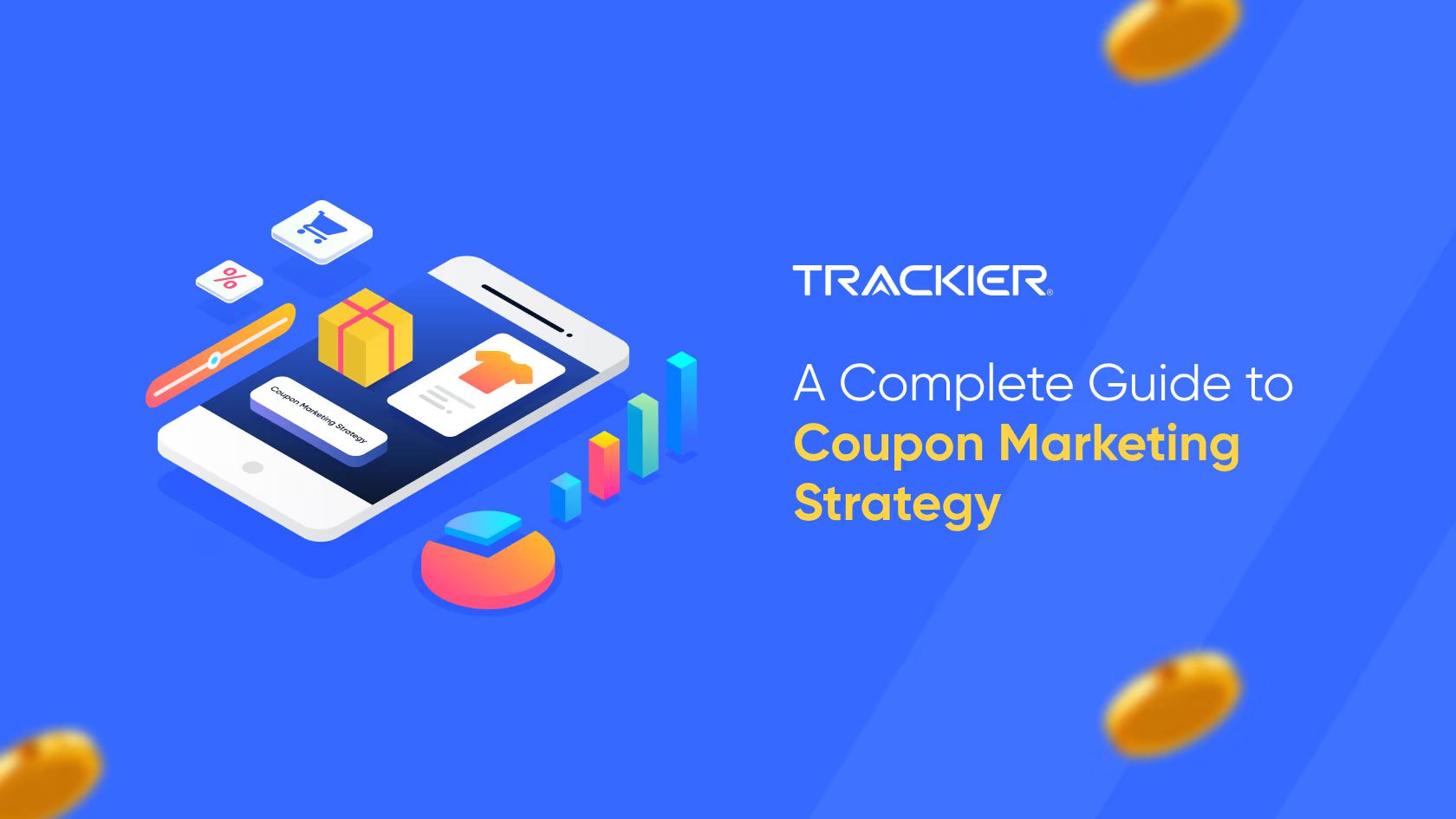Efficiency is the key role designated for every pay-per-call marketing, and do you know why? We need to understand the dynamics of this prototype and test it for the resonance of every marketer out there. This is where the whole marketing strategy strikes and functions based on it.
Understand it as a mode of the work when you have to be accurate and simply aligned with the concept of the real thing, and what spikes the marketers is that they need to drive online leads and calls in the most appropriate way possible, but many of them slip out the highest valuable way, that is through calling.
Also, they avoid it because it’s hard to attribute as everything is taking place through an online interface. Using the right pay-per-call platform will make all the difference, and let’s get to it.
What is pay-per-call marketing?
Pay-per-call is the type of performance marketing where an advertiser pays the publisher for high-intent calls aligned on their behalf. To understand it in a simpler manner, pay-per-call tracks calls in a way that is similar to how performance networks track the clicks generated. To get a gist of it, this is the whole way this process can be ongoing, and how you may resonate with it.
Advertisers work on generating marketing campaigns that drive prospective customers to connect over the call. A publisher then moves forward in this process to generate the call-based campaigns and is henceforth credited for the calls they put up. It is an intention based technique as if compared with the other modes of advertising, like digital ads and posts, as customer calls are supposed to convert more as they are getting in a direct touch with a person who is there to address the issues and talk about it, also the direct touch creates a sense of urgency that this particular thing offered is something that they were looking out for.
How does pay-per-call work?
The goal of this whole process is to connect the real customers over the phone who are willing to look out for the particular thing offered. Then comes the optimization part, and in order to connect them and measure all together is going to be a serious task single-handedly all the way, and thus the requirement of a well-functioning tool comes into play. Using tools like Ringba is what works the best, and then the data becomes synchronized all the way, and to help you out with this, Trackier’s seamless integration with Ringba is something that is worth giving a check.
Creating a unified platform to manage offers, track calls, attribute revenue, and optimize campaigns in real time is what works best and can be given a go.
Functions of pay-per-call marketing
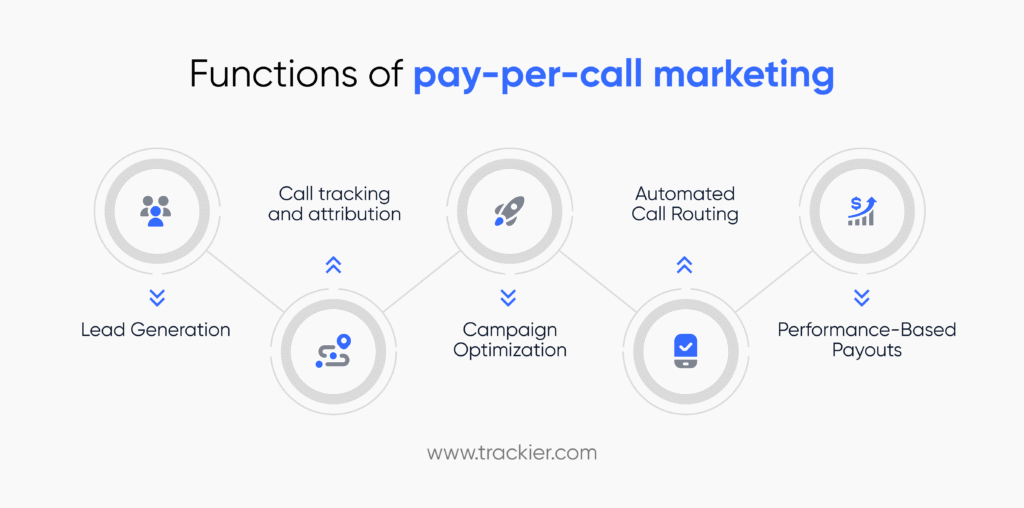
While talking about the functions of a pay-per-call marketing technique, we need to understand first its usage, so basically it is a best practice where voice conversations drive the real rhythmic sales required, or which convert the most. Let’s dive into the functioning of this technique and why it is so prominent for us:
- Lead Generation
- Pay-per-call marketing functions as a powerful lead generation tool, where affiliates or publishers promote campaigns using trackable values, which drive probable conversions or customers to calls directly.
- Call tracking and attribution
- Pay-per-call campaigns benefit from real-time call tracking and attribution. As Trackier has integrated Ringba, similar tools help with this. This includes transparency and helps them to identify the best-performing channels and publishers.
- Campaign Optimization
- Data that is being checked out by the call tracking tools allows marketers to optimize their campaigns based on real-time metrics.
- Automated Call Routing
- Pay-per-call platforms are routed in the best intelligent way possible, making it schedule the inbound calls in the most efficient destination or where the traffic lies for a particular product and segment.
- Performance-Based Payouts
- To cross it with the traditional marketing methods used, pay-per-call marketing only pays when the desired outcome has been achieved, or the selection criteria make it suitable for the payouts to be integrated in the right possible manner.
Steps of pay-per-call
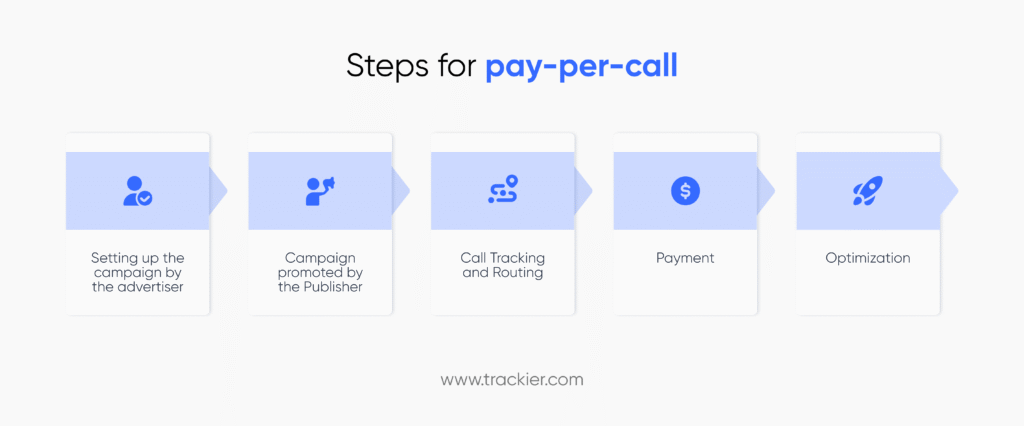
The process of pay-per-call marketing majorly involves selecting the niche that you will be working upon, next is to partner with a platform that provides call tracking, defining the goal upon which the campaign will be based, next is the sourcing of the traffic, generation of the compelling advertisement, and finally setting up the call routing. Advertisers will only pay if the campaign criteria are met.
Here’s a breakdown of the steps that follow the pay-per-call marketing campaign:
- Setting up the campaign by the advertiser:
This step includes identifying the specific industry or market segment you wish to target and defining the ideal customer profile required for the analysis. After identifying, we need to define the campaign parameters, such as specifying a qualified call. The next step is to choose a pay-per-call partner, the platform that connects advertisers with publishers. After this, you’ll need to determine the amount you will be giving out for each qualified lead.
- Campaign promoted by the Publisher
Choose a campaign that aligns with your audience and promotional capabilities. The next step in this will be acquiring a tracking number. The network provides a unique tracking phone number associated with the campaign. Next will be to generate calls, use offline and online marketing channels to drive traffic to the tracking number provided. Finally, compelling ads can be created that include this unique tracking number and thus clearly communicate the offer.
- Call Tracking and Routing
When a potential customer calls this tracking number, the call gets tracked and recorded through the platform. This call gets routed to the advertiser’s business or the sales teams as per the campaign setup. Then, the call is checked for qualification status, and the platform verifies if the call meets the criteria.
- Payment
The network confirms whether the call is qualified or not according to the campaign rules. Once the call gets approved, the advertiser has to pay the publisher for the qualified one. The reporting procedure is alongside by showcasing the call volume, duration, and other relevant metrics.
- Optimization
The final step is to analyse the campaign, which can be done in different ways. Monitor the call quality, conversion rates, and other key metrics to identify the key improvement areas. You’ll require experimentation done at different levels, like the ad creatives, landing pages, and targeting strategies, in order to optimize the campaign performance. Keep in mind that the targeting parameters are to be adjusted according to the traffic, so that they reach the most relevant audience.
Role of pay-per-call for advertisers and publishers
Pay-per-call marketing offers a performance-based model, where advertisers pay publishers for the qualified calls generated from their respective campaigns. For advertisers, it’s a good way to drive high-intent leads through phone calls or interactions, while publishers here can earn revenue by connecting potential customers with the advertisers over calls. To further explore it, we’ll talk about the two networks working here:
Pay-per-call affiliate networks
They work as intermediaries that connect advertisers offering pay-per-call campaigns with publishers who can drive quality calls. These networks provide call tracking infrastructure, reporting dashboards, and campaign access for both advertisers and publishers. Think of them as the “Trackier” of the pay-per-call world. Their key features include call tracking & attribution, real-time reporting & fraud detection.
Pay-per-call publisher networks
Unlike general affiliate networks, publisher networks in a pay-per-call are completely focused on managing a pool of high-performing publishers and routing their call traffic to the highest paying advertisers. What separates them from others is the call routing intelligence, publisher vetting, and providing a marketplace for calls. The top advantages of such networks are scale & specialization, premium access for the advertisers, and hands-off operations.
Benefits of pay-per-call for advertisers and publishers
Pay-per-call advertising offers various benefits for both the advertisers and the publishers. Advertisers gain access to high-intent leads, increased call volume, and transparent ROI, while publishers can earn revenue by getting connected to qualified callers and leveraging access to high-value offers. This model also allows for better campaign testing and control over the customer experience.
For Advertisers:
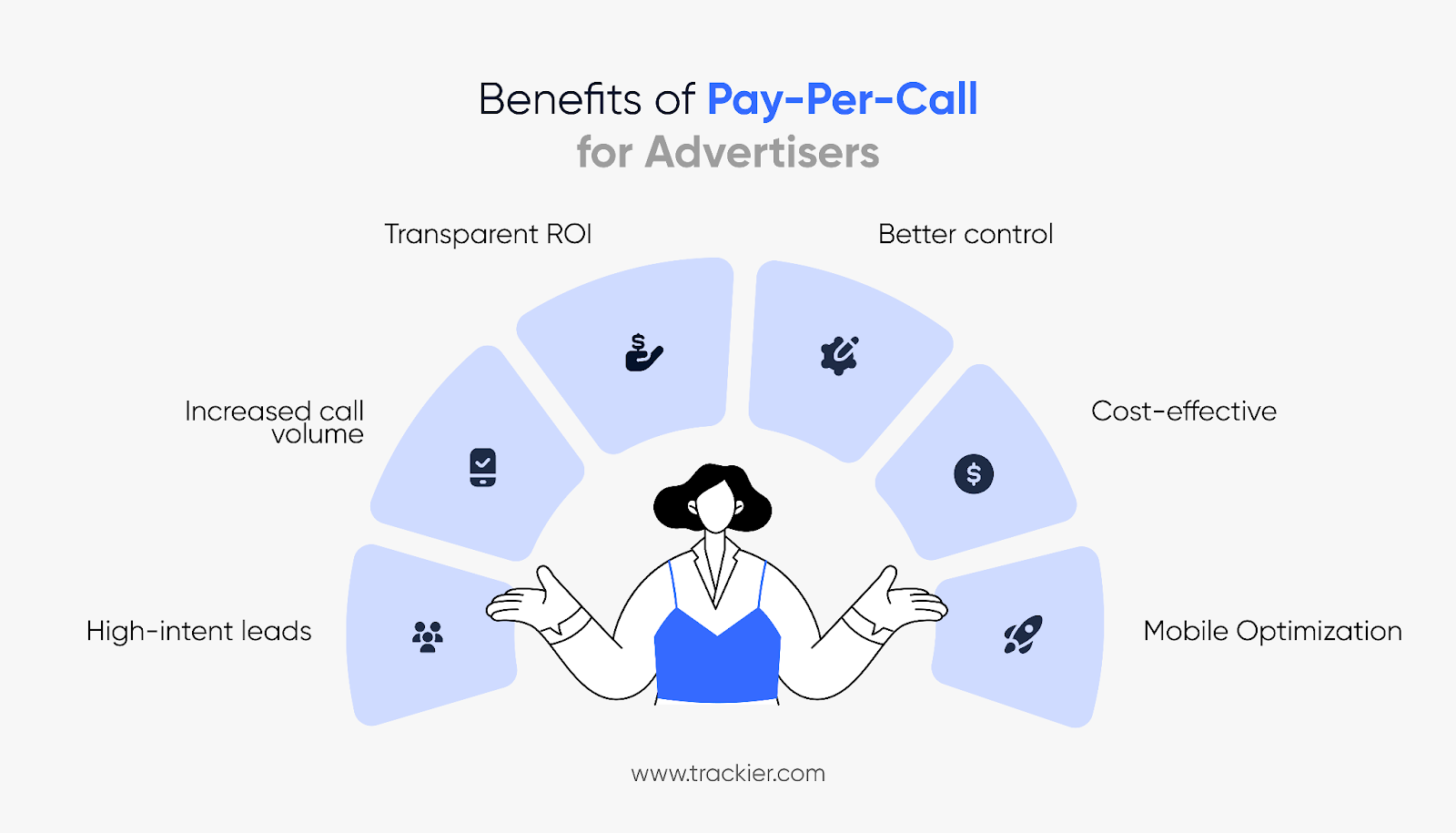
High-intent leads – Pay-per-call connects advertisers with customers who have a strong interest in their product or services, leading to high conversion rates.
Increased call volume – Advertisers can expand their reach and get more inbound calls from different channels with the least amount of effort.
Transparent ROI – Pay-per-call provides clear metrics on which campaign is generating the most qualified calls, allowing for better optimization.
Better control – Advertisers can test new campaigns and publishers with minimal risk, ensuring brand integrity and optimal customer experience.
Cost-effective – Through the payment of only the qualified calls, advertisers can avoid the costs associated with traditional media buys and potential click fraud.
Mobile Optimization – The click-to-call functionality on mobile devices makes it easier for users to connect with businesses, aligning with the trend of mobile-first strategies.
For Publishers:
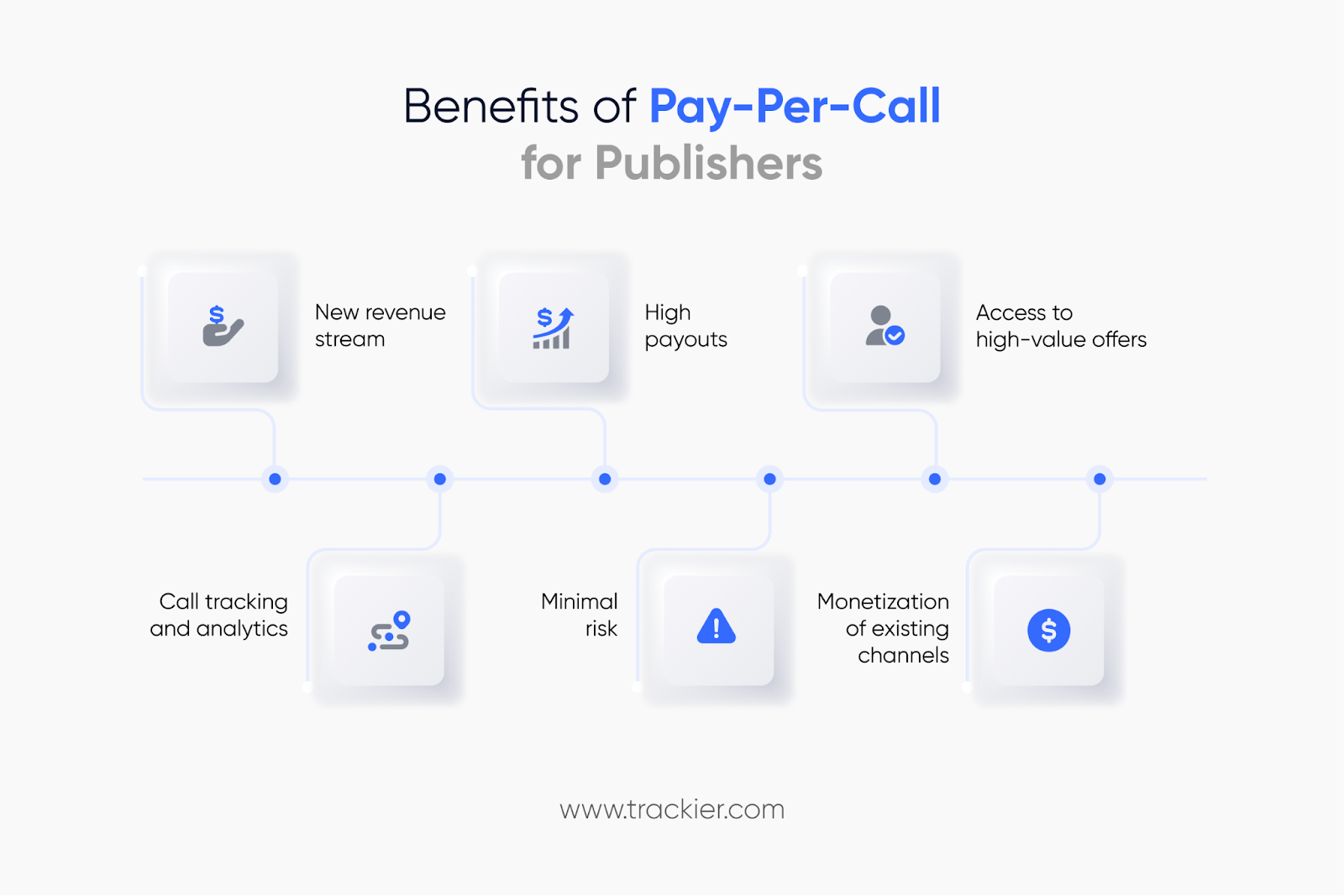
New revenue stream – Publishers can monetize their business efforts by connecting callers with relevant businesses.
High payouts – Pay-per-call can offer higher payouts, compared to other performance-based models, in varied industries.
Access to high-value offers – Publishers gain access to offers from advertisers in various industries, suiting their requirements.
Call tracking and analytics – Publishers can leverage call tracking capabilities and analytics to optimize their campaigns, thus improving performance.
Minimal risk – Testing new campaign templates and publishers can be done with little risk, making it easier to find what works for you.
Monetization of existing channels – Publishers can leverage their existing online and offline channels to drive call traffic and earn revenue.
What marketing channels and tactics work best for pay-per-call
Pay-per-call thrives on a varied model or a diversified approach to say, utilizing both online and offline channels. Some of the effective strategies include paid search, social media marketing, content marketing, and SEO for organic traffic. Traditional methods like radio and print advertising can also be successful, especially for reaching specific audiences or demographics. Optimization of the campaigns with call tracking, dynamic number insertion, and A/B testing is crucial for maximizing the ROI.
What are the marketing challenges faced while using the Pay-per-call marketing strategy?
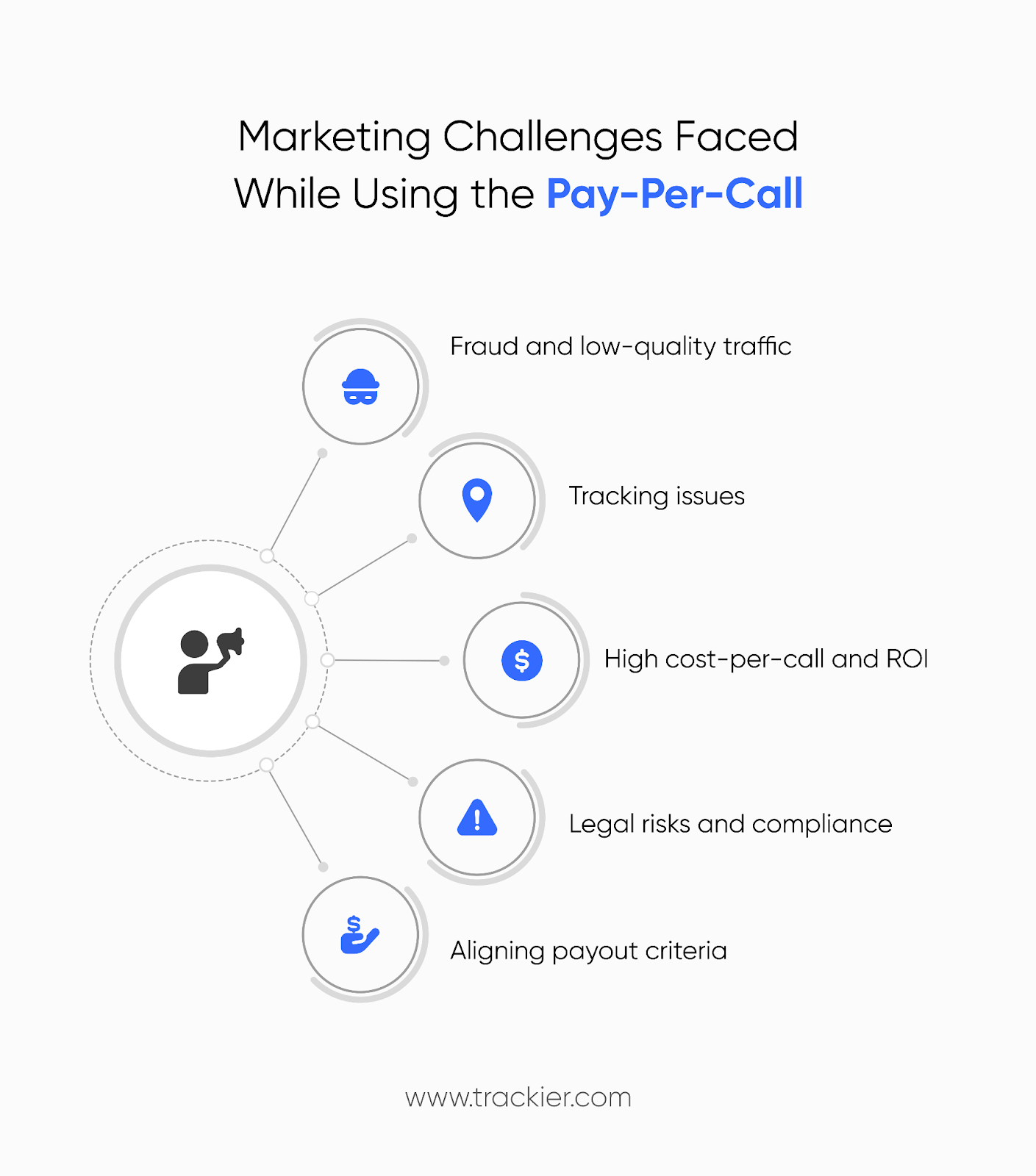
Pay-per-call marketing, while effective, faces several challenges. These include fraudulent or low-quality calls, difficulties in tracking and attribution, and high cost-per-call without the guarantee of a well-defined ROI.
Here is a well-defined breakdown of the challenges faced –
- Fraud and low-quality traffic: It will always remain a risk that some sources may generate fake or irrelevant calls to earn commissions, which leads to wasted spend and inaccurate data attribution.
- Tracking issues: Accurately tracking calls to a specific marketing campaign and sources is highly important for optimization.
- High cost-per-call and ROI: Pay-per-call can be expensive, and without proper optimization and conversion tracking, businesses might not be able to see the right ROI.
- Legal risks and compliance: Adhering to the right regulations, like the TCPA (Telephone Consumer Protection Act), can be tricky, and violations may lead to serious issues.
- Aligning payout criteria: Differences between what an advertiser considers a payout call and what the publisher considers as one can lead to disputes and dissatisfaction.
To Conclude: What more about the pay-per-call marketing strategy?
In this world of never-ending domination of clicks and impressions, pay-per-call marketing offers a very refreshed scenario of human interaction, which is very well missed by all of us. It’s a strategy wholly built on intent and requisites, giving both the advertisers and publishers a performance-based model that drives results through conversion.
In the case of advertisers, it’s the requirement of good leads and a deeper understanding of how a customer behaves for their particular products or services. For publishers, it creates a trustworthy, often higher-paying revenue stream, with a clear attribution and proper performance-based understanding. And for both parties, it’s definitely a reliable and transparent source of meaningful customer interactions. Whether you are exploring what this strategy has to offer or whatnot, pay-per-call marketing is no longer a fringe method; it’s an important piece of the marketing mix. Once rightly performed, it drives quantifiable results and can be a boon for the industry.
FAQs
1. What is pay-per-call marketing?
Pay-per-call marketing is a performance-based advertising model where advertisers pay for qualified inbound phone calls rather than clicks or impressions. These calls typically come from high-intent prospects and are tracked using unique phone numbers. It’s ideal for industries where personal interaction drives conversions, like finance, healthcare, or legal services.
2. What are pay-per-call marketing methods?
Pay-per-call methods include search engine ads with call extensions, affiliate marketing, IVR systems, social media promotions, and direct partnerships with publishers. Other methods involve placing dynamic call tracking numbers on landing pages. Each approach is optimized to encourage consumers to call directly and engage in real-time conversations with businesses
3. How to start pay-per-call?
Begin by choosing a pay-per-call network or platform that fits your goals. Identify your target audience, set up call tracking numbers, and create compelling ads or landing pages that drive calls. Monitor key metrics like call duration and quality to optimize campaign performance and ensure lead conversion rates are high.
4. What industries benefit most from pay-per-call?
Industries that rely on direct consultation, such as insurance, finance, legal, healthcare, and home services, benefit greatly from pay-per-call. These sectors often deal with complex products or urgent needs, where real-time calls increase trust, facilitate detailed discussions, and result in higher conversion rates than typical web-based interactions.
5. How is pay-per-call tracked?
Pay-per-call tracking uses dynamic phone numbers and call tracking software to monitor each call’s source, duration, and outcome. This data helps advertisers evaluate campaign effectiveness, optimize targeting, and ensure they pay only for high-quality calls that meet predefined criteria like location, time on call, or customer intent.
6. What’s the difference between pay-per-call and pay-per-click?
Pay-per-call charges advertisers only when a qualified phone call is made, while pay-per-click (PPC) charges for every ad click, regardless of lead quality. Pay-per-call often delivers more engaged prospects, especially in service-based industries where users prefer speaking to a representative before making purchasing decisions.

